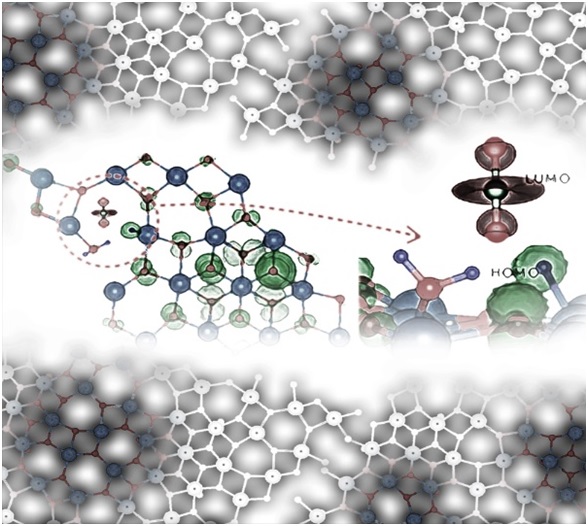In this work, published in the November 2016 issue of the Proceedings of the National Academy of Sciences, we investigate the role of oxygen vacancy and hydroxide defects on the electronic and photocatalytic properties of In2O3-x(OH)y nanocrystals that have been shown to effectively reduce CO2 to CO via the solar powered reverse water–gas shift reaction CO2 + H2+ hv CO + H2O.
To understand how such defects, affect photogenerated electrons and holes in these nanomaterials, we used transient absorption spectroscopy to study the relaxation dynamics of these nanocrystalscontaining varying concentration of oxygen vacancy and hydroxide defects.
This analysis showed that higher defect concentrations result in longer excited-state lifetimes, which are attributed to improved charge separation and correlate well with the observed trends in the photocatalytic activity.These results are further supported by density-functional theory calculations, which confirm the positions ofoxygen vacancy and hydroxide defect states within the optical band gap of indium oxide.
This enhanced understanding of the role these defects play in determining the optoelectronic properties and charge carrier dynamics can provide valuable insight toward the rational development of more efficient photocatalytic materials for CO2 reduction.
The full article can be viewed on the PNAS website with a subscription.

